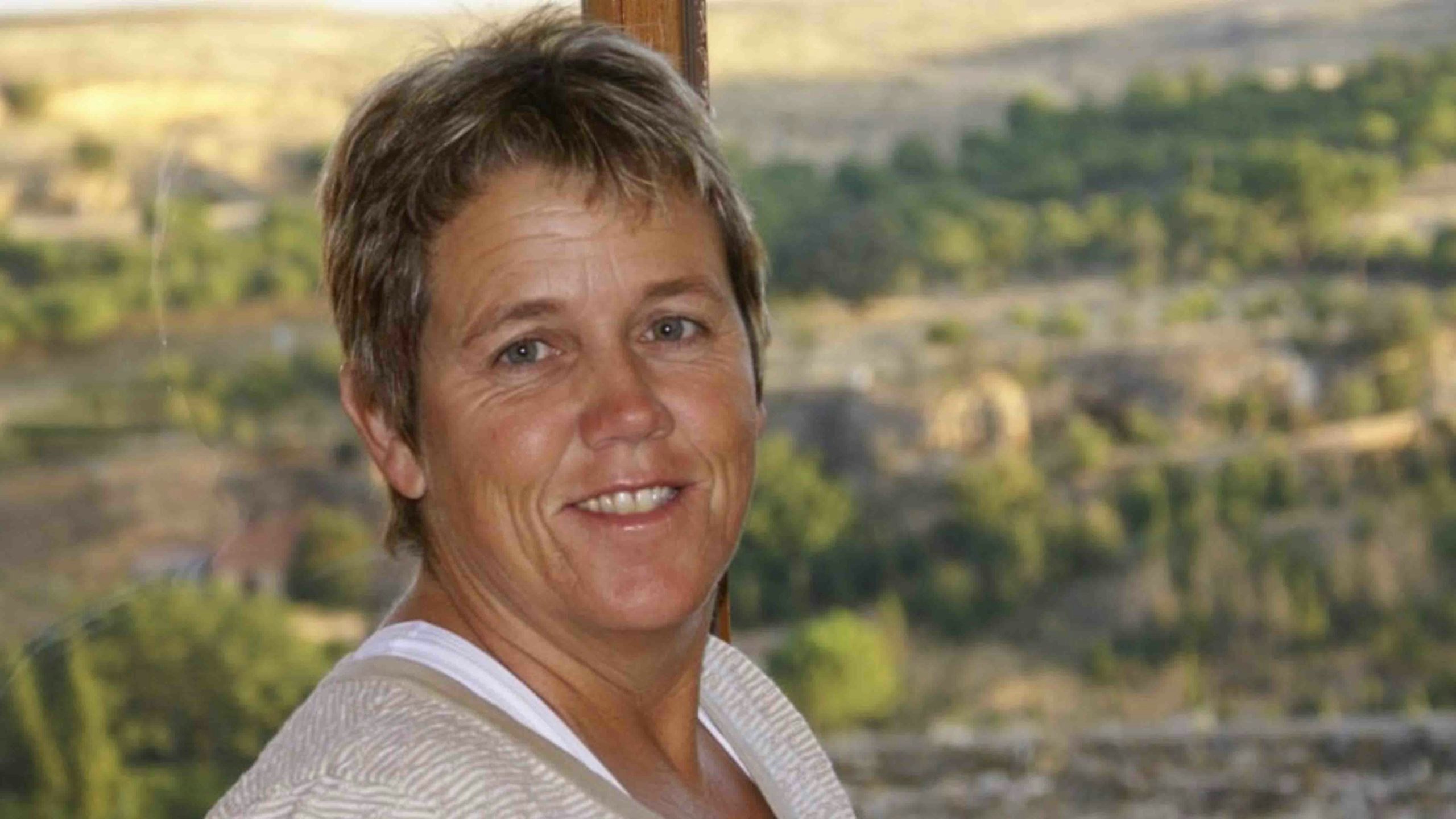Tourists flock to Yellowstone National Park every year to view its natural wonders, and high on the wildlife-viewing priority list is the chance to see gray wolves and grizzly bears in our nation’s first national park.
To gain entrance to the park, they drive on state highways that pass alongside private and public lands that sustain animal agricultural operations. Cattle and sheep ranching provide for the continuance of the vast open spaces that characterize the West, but are mostly overlooked by tourists traveling to the national park.
But the successful stewardship of ranchlands in the region is critical to the success of the national park itself. The wolves that tourists view and photograph inside Yellowstone National Park are sustained by consuming elk.
The Clarks Fork elk herd that serves as prey for park wolves spends a good part of its time outside the park, and as researcher Arthur Middleton has reported, 40% of the herd’s winter range is private land located outside the park. Those private land managers are co-managing those elk, he reported, with the public’s wildlife heavily dependent on private land.
Middleton, who has spent his career studying wildlife relationships in the Greater Yellowstone Ecosystem (GYE) through a position at the University of California Berkeley, now serves as a senior policy advisor to USDA, and spoke last week at a gathering of Wyoming cattle and sheep producers and conservation district officials.
Middleton reported that mule deer research also revealed that deer inhabiting Grand Teton National Park in the summer migrate through and spend considerable time on private ranchlands in Sublette County in other parts of the year.
While wildlife conservation has traditionally focused on “land sparing” by creating large protected areas (for example, Yellowstone National Park) as a primary global strategy for protecting wildlife, habitats and ecological processes, those protected areas fall short at providing for all the needs of wide-ranging or migratory species, while also precluding traditional economic activity and cultural practices of local human populations.

That’s why private ranchlands in the West are key to healthy, thriving wildlife populations. “Migrations are there because of the stewardship of the private property by ranchers,” Middleton said, noting that some of the largest, most intact parcels of land in the United States are agricultural properties.
Wildlife conservationists are increasingly recognizing the importance of protection and stewardship of these working lands (“land sharing”), as demonstrated in a new paper highlighting the importance of both private lands and protected areas to wildlife migrations in the GYE.
Researchers examined 26 elk herds in the GYE, finding that all herds used land encompassing more than one ownership type, and most herds (92%) used the highest proportion of private lands in the winter, “during which time elk are under higher physiological stress.
Therefore, private land conservation and efforts to mitigate human-wildlife conflicts will be essential for the continued persistence of migratory elk populations within this system, since protected areas alone cannot conserve these populations.”
The paper noted, “Although the GYE is often viewed as a conservation success story because of the sheer size of area protected, private lands have been critical to this success as well.
However, future development and land use change threaten to upend the role of private lands in sustaining wide-ranging wildlife in the system. As the GYE continues to experience increasing human population and human development, and land use change, the need to sustain migratory connectivity is critical.”
While zoning regulations are one option that can be used to protect important habitats for wildlife, such regulations are often opposed by landowners and aren’t necessarily enforced, and the researchers suggest that other incentive programs be used to maintain habitat connectivity for wildlife, as well as complementary tools to mitigate human-wildlife conflict such as reducing or reimbursing costs associated with damage, as well as providing technical assistance to landowners.
It’s this type of consideration that led Wyoming Governor Mark Gordon to sign an agreement with USDA to support the voluntary conservation of private working lands and migratory big game populations in Wyoming, with an emphasis on wildlife migration routes.
While conservation easements and habitat leasing are included in the options for private landowners, the program offers a wider range of practices, including assistance with planned grazing systems, fence alterations or rerouting, removal of invasive weeds, and other practices that support wildlife populations while providing financial support for continued ranching enterprises.
Visitors to our national parks care about the wild animals that inhabit the region, but the importance of the interconnected private and public lands outside the park’s borders remains largely unknown.
While the tourism and hospitality industry benefit from tourism spending, the private landowners who provide habitat for wide-ranging and migratory wild animals bear much of the costs for conservation of those animals.
Wyoming Representative Albert Sommers sponsored a successful resolution in the Wyoming Legislature requesting federal officials implement a “wildlife conservation fee” in Yellowstone that would provide funding to the adjacent states to pay for wildlife conservation efforts. Although the resolution passed in 2018, the federal government has not acted to impose such a fee program.
With the USDA stepping up to acknowledge that production agriculture and conservation are interconnected, ranchers are starting to see an acknowledgement of their land stewardship. With locally led, incentive-based compensation programs, they may be able to stay in the production business on the working lands that keep this ecosystem intact.
Cat Urbigkit is an author and rancher who lives on the range in Sublette County, Wyoming. Her column, Range Writing, appears weekly in Cowboy State Daily.





